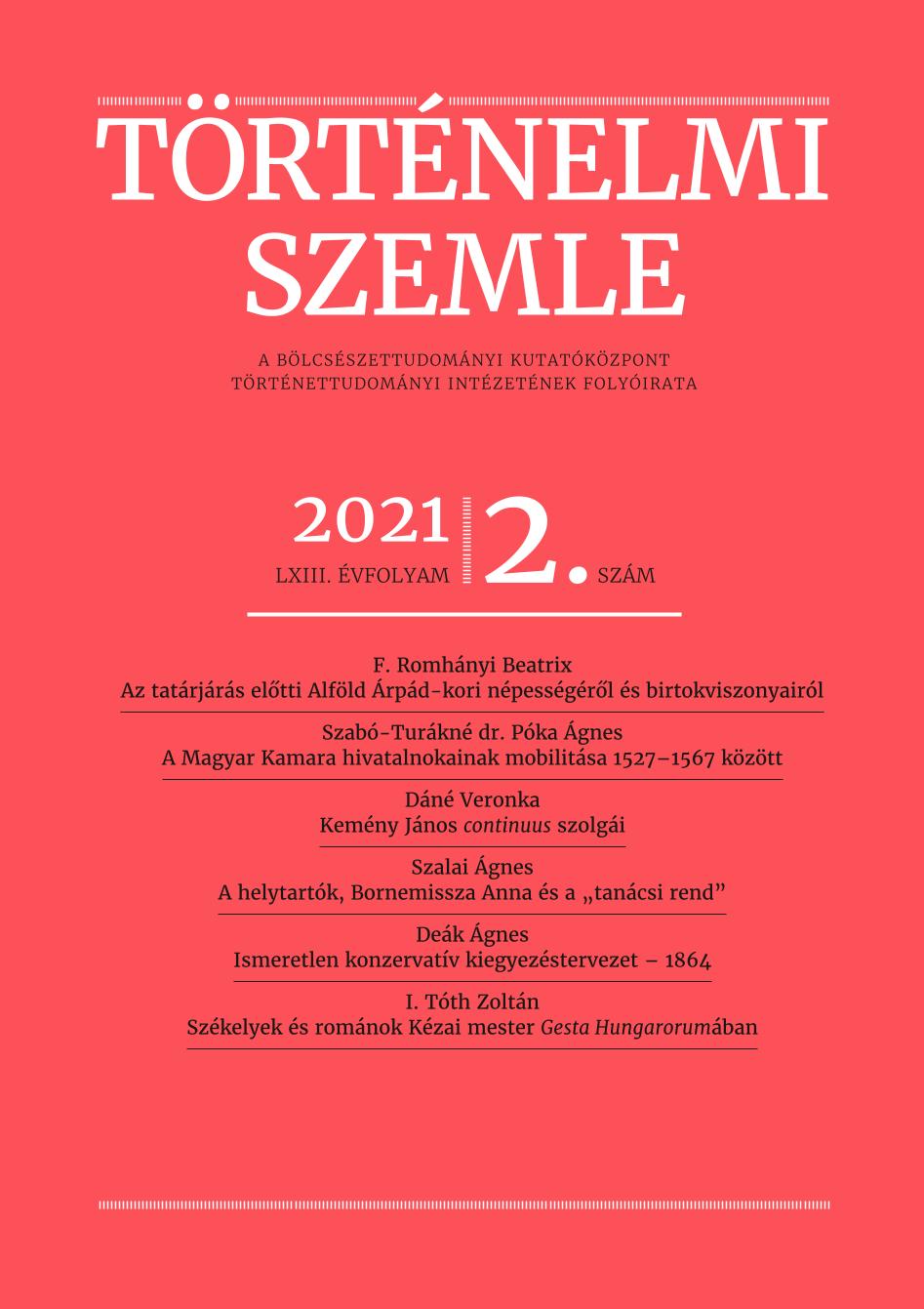Az Alföld Árpád-kori népesedési és birtokviszonyai a tatárjárás előtt
Population and Landholding Structures on the Great Plain Before the Mongol Invasion
Author(s): Beatrix F. RomhányiSubject(s): 6th to 12th Centuries
Published by: Magyar Tudományos Akadémia Bölcsészettudományi Kutatóközpont Történettudományi Intézet
Keywords: 10th–11th century; social and economic transformation; historical model; Kingdom of Hungary; Great Hungarian Plain
Summary/Abstract: The settlements and the population of the central, lowland area of the Carpathian Basin suffered from both the Mongol Invasion and the Ottoman occupation, which greatly reduced the built heritage, too. The number of written sources about the region is poorer than average even in Hungarian conditions. Archaeological research alone has brought a large number of medieval finds, but in the absence of written sources, placing them in a historical context is difficult, sometimes impossible. However, the development of informatics has opened up new possibilities in research. Large databases and GIS allow the simultaneous analysis of previously unimaginable amounts of data. The essence of the method used in this paper is the analysis of spatial patterns of various geographically located (written, archaeological and topographical) data that are well typeable and available in large quantities. On the one hand, the mapping provides data on the spatial distribution of the population (relative population density) and its changes, and on the other hand, some conclusions can be drawn regarding the economic activity of certain areas. The paper aims at revisiting some aspects of the traditional historical model used to describe the transition from steppic to feudal state and suggests some new ones to be considered.
Journal: Történelmi Szemle
- Issue Year: 2021
- Issue No: 2
- Page Range: 161-191
- Page Count: 31
- Language: Hungarian

